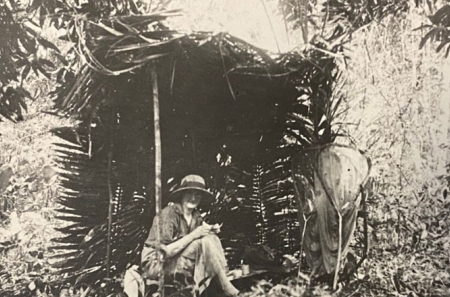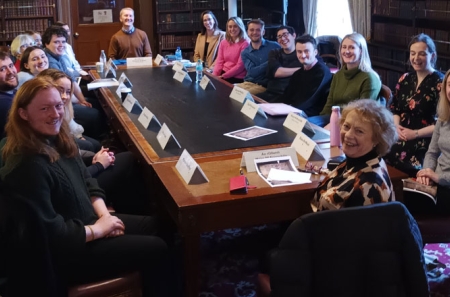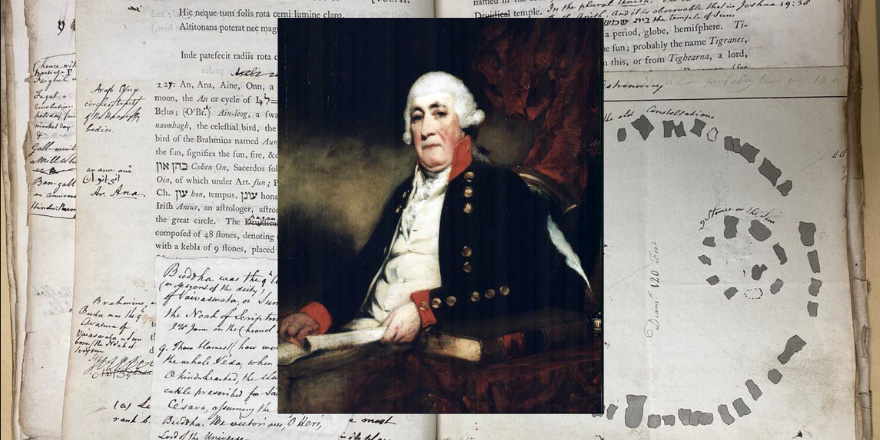
Celebrating Irish Language in the Archives of Charles Vallancey MRIA
10 January 2024In the fourth and final post from our UCD Student Blog Series Roisin Costello takes a glimpse into the archive collection of engineer, antiquarian and great enthusiast of the Irish language, Charles Vallancey (c.1725-1812) FRS, MRIA.
UCD Student Blog Series
The Library is delighted to announce the fourth and final post from our UCD Student Blog Series. This year the Library collaborated with students on the MA Archives and Records Management providing them with access to archival collections. The students worked on four collections: Charles Vallancey Papers (A050), Falkiner C. Litton Papers (A051), Ouzel Galley Collection (A052) and Charles Haliday Papers (A053). The students wrote blog posts about the fascinating material they came across and this blog was written by Roisin Costello. Rosin takes a glimpse into the archive collection of engineer, antiquarian and great enthusiast of the Irish language, Charles Vallancey (c.1725-1812) FRS, MRIA.
Introduction
The early years of Charles Vallancey’s life are ambiguous, with no surviving records of his birth, family, or education. A number of historians have attempted to place him prior to his arrival in Ireland during the 1750s, with the most common consensus being that he was born in Flanders to a family of French Huguenot descent, educated at Eton College, and qualified as a ‘gentleman cadet’ at the Royal Military Academy of Woolwich in the early 1740s, specialising in engineering and surveyance. Soon after, in 1746, Vallancey joined the British Army Corps of Engineers and was later appointed as an extra engineer in Co. Cork, Ireland. He excelled in his career as an engineer, with some of his major feats including a military survey of the south and south-west coast of Ireland, the publication of a treatise on inland navigation, and the replication of Sir William Petty's (1623-1687) Down Survey, all culminating in his appointment as the ‘Chief Engineer of Ireland” around the turn of the 19th century. However, engineering appears to only have been one of his passions.
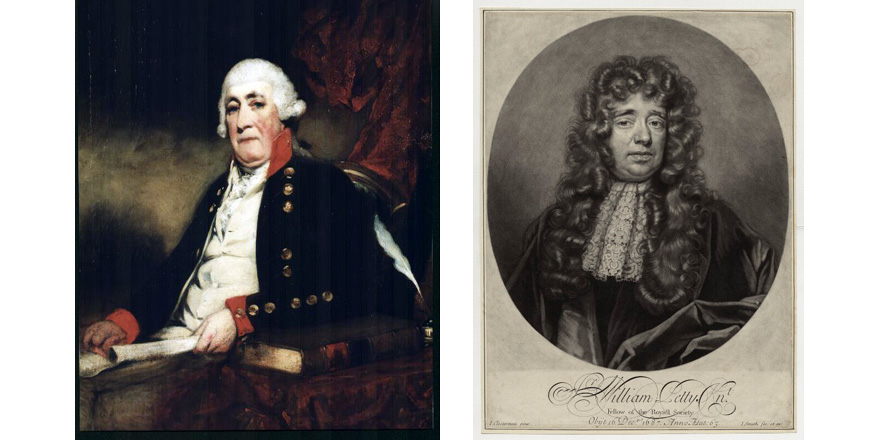
[Fig.1 – Charles Vallancey (c.1725-1812)]
[Fig. 2 – Sir William Petty (1623-1687)]
Vallancey’s Affinity for the Irish Language
An area that commonly sparks interest is the origin of Vallancey’s grá for Irish language. Alongside his engineering career, Vallancey published numerous works on the language, history, and antiquities of Ireland, Collectanea de rebus Hibernicis, Essay on the Antiquity of the Celtic Language, and A Vindication of the Ancient History of Ireland to name but a few. Much like his early years, little is known about when, where, why or how his career in researching the history of Ireland and the mother tongue of its inhabitants began. Some believe it was his time spent in Cork that initially spurred his fondness while others opt for a more enticing explanation, suggesting that his interest was rather a matter of necessity. Over the course of his life, Vallancey married four times, bearing nine children from his first marriage alone, one daughter from his second marriage, and a further two children from his fourth and final marriage. As the number of mouths to feed grew, it is possible that Vallancey turned to transcription, research, and publication as a means of increasing his income.
The Royal Irish Academy Library is privileged to house not only a collection of Vallancey's essays and his personal set of seven annotated volumes of Collectanea de Rebus Hibernicis, but an archival collection of manuscript notebooks accumulated throughout his illustrious career too. Today we will be taking a closer look at sub-series AO50/4, and the notebooks relating to Vallancey’s interest in the astronomy of the ancient Irish.
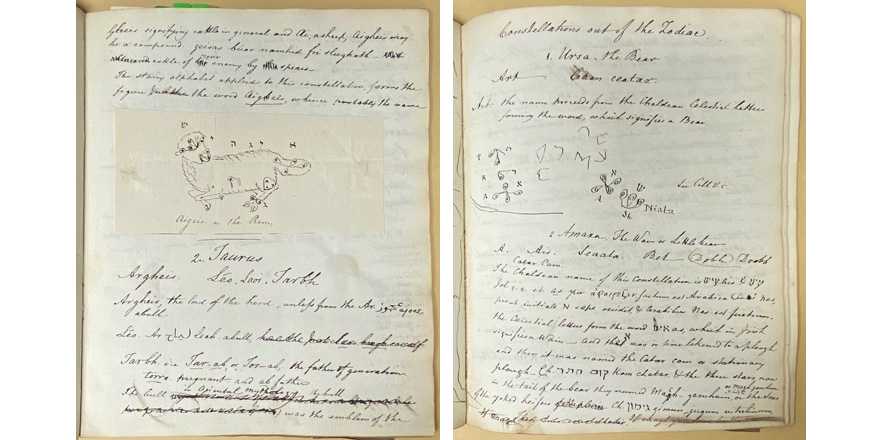
[Fig. 3 - Illustration of the Ram, Aries Zodiac Sign (RIA A050/4/2)]
[Fig. 4 - Illustration of the Constellations of the Zodiac, Ursa the Bear (RIA A050/4/2)]
Notebooks on the Astronomy of the Ancient Irish
Scattered with illustrations of the zodiac and its constellations, Vallancey’s notebooks on the astronomy of the ancient Irish are a marvel to behold! However, there is more to them than just their charming drawings. Vallancey carried out extensive research on Irish words and phrases to build a greater understanding of how knowledge of astronomy developed in Ireland. Although much of what he proclaimed has since been discredited, the notebooks continue to exist as a remarkable resource on astronomy as Gaeilge. The first item in this series (AO50/4/1), a bound notebook, contains a print copy of Vallancey’s essay contribution, titled “The Oriental Emigration of the Hibernian Druids proved from their Knowledge in Astronomy, collected with that of the Indians and Chaldeans - from Fragments of Irish MSS”, to The Oriental Collections, published by William Ouseley (1771-1842) in 1798. Interestingly, the title of the original essay has been crossed out of this copy, and replaced with the updated title “Astronomy of the Ancient Irish”. Paired with the countless handwritten annotations and loose inserts throughout this notebook it is possible Vallancey was hoping to republish his work with a more general focus on the ancient Irish, not just Hibernian Druids.
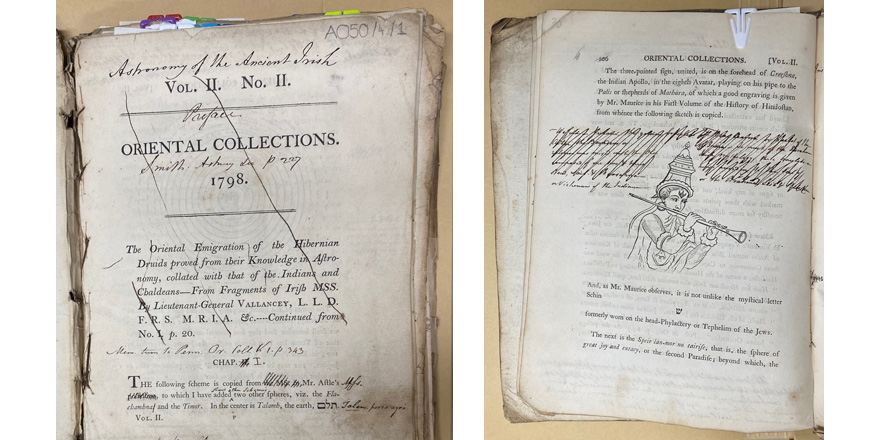
[Fig. 5 - Revised title 'Astronomy of the Ancient Irish' (RIA A050/4/1)]
[Fig. 6 - Illustration with handwritten notes crossed out (RIA A050/4/1)]
It is in the two following handwritten notebooks in this series (A050/4/2 and A050/4/3) that Vallancey truly flaunts his Irish language knowledge. First tackling the zodiac and lessen planets, then the cardinal points, each notebook is further divided under a variety of subheadings such as the twelve signs, comets, galaxy, via lactea, and Irish rainbows. Vallancey lists Irish words and phrases, including geamana, portain, seach-realt, aithrid, neidhe, and duile, pairing them with English definitions and explanations, for example, rudrach is described as the destroying eclipse, or the name of the destroying deity of the Brahmins. The main aim of these texts appears to be to establish connections between the knowledge of astronomy of the ancient Irish with those living in distant lands, much like the topic of his 1798 essay contribution to The Oriental Collections.
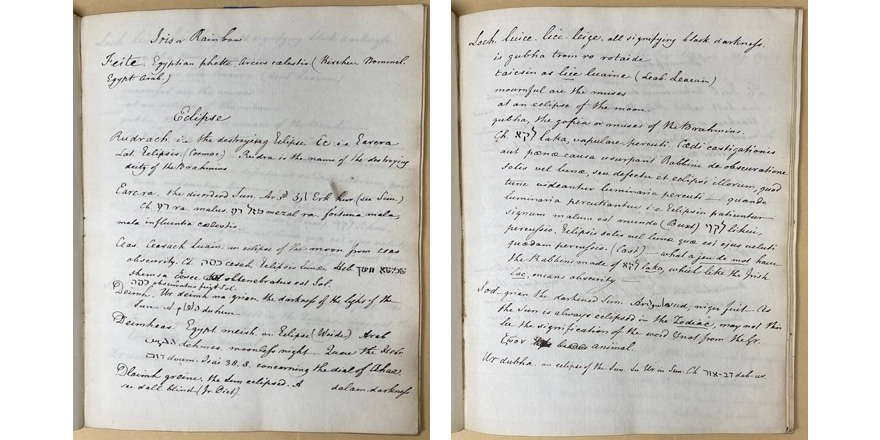
[Fig. 7 and 8 - Irish Words for an Eclipse (RIA A050/4/3)]
The notebooks are also of interest to those researching the history of typography, showcasing the use of two forms of the letter ‘s’. Both a long ‘s’ with an ‘f’ like nub, and a rounded ‘s’ can be found on the same small portion of text, a combination that was soon to fall out of fashion in the mid to late 19th century!
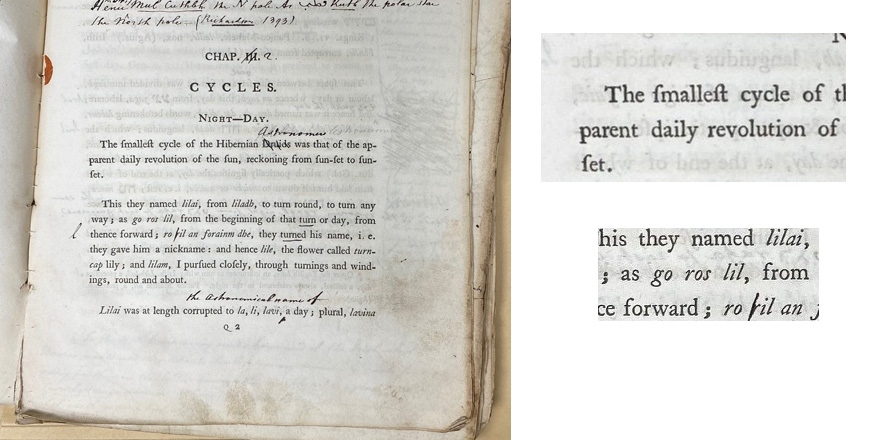
[Fig. 9 - Different uses of the letter 's' form (RIA A050/4/1)]
[Fig. 10 and 11 – Letter ‘s’ forms can be seen in the words 'smallest' and 'ros'.]
Additional Irish Language Material
Further examples of Vallancey’s grá for Irish history and the language of the island can be found throughout his collection, particularly in his series of manuscript transcriptions of Brehon Laws (A050/5) and handwritten notebooks on the ancient history of Ireland (A050/3). The Charles Vallancey Papers (RIA A050) is open to public access upon request.
For further information or access enquiries please contact library@ria.ie

